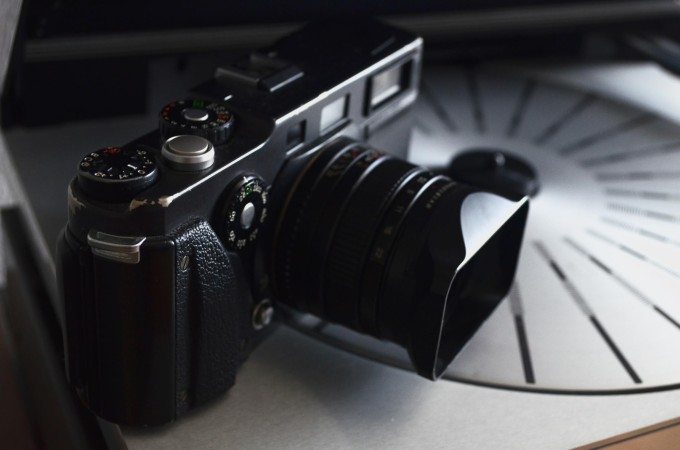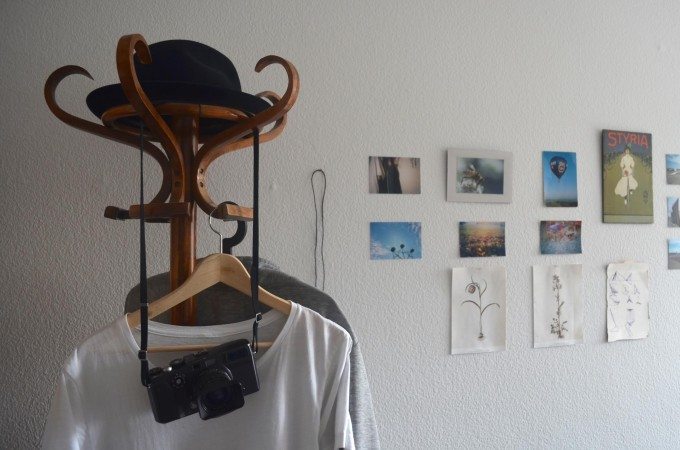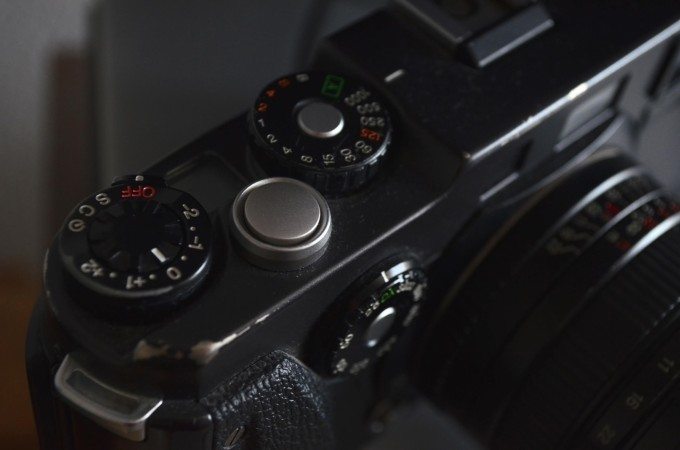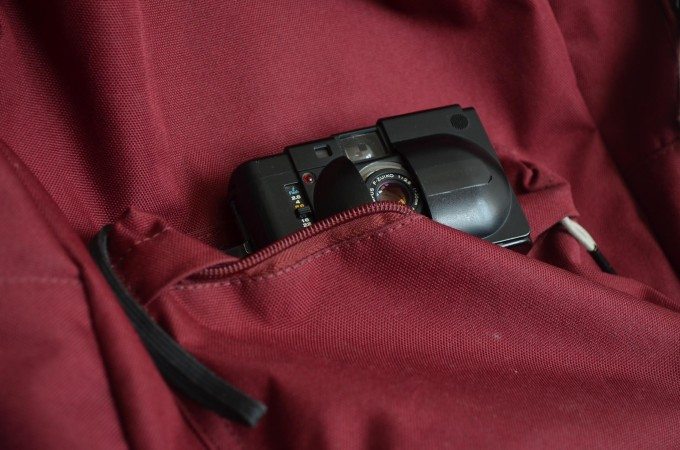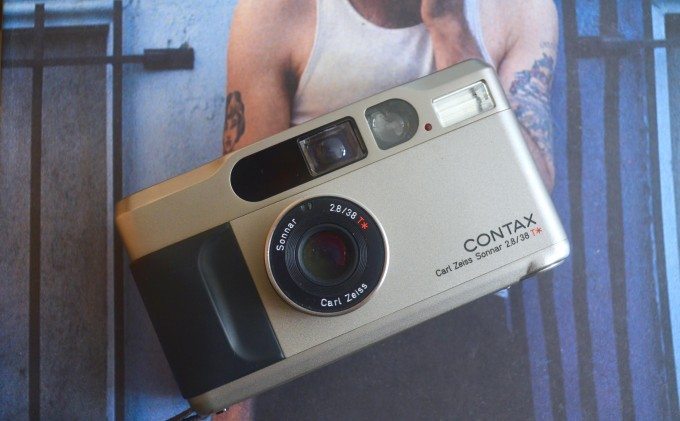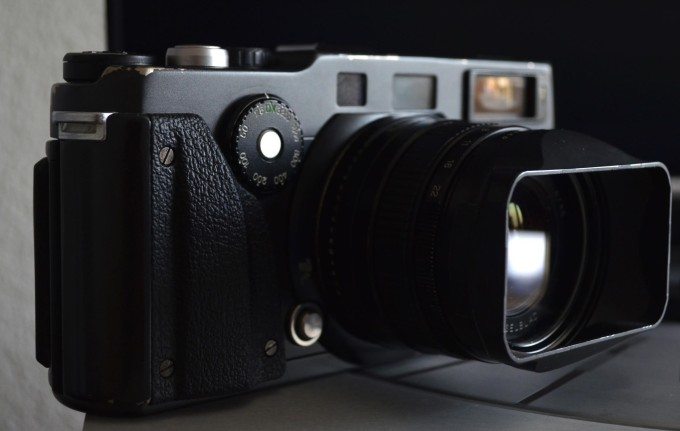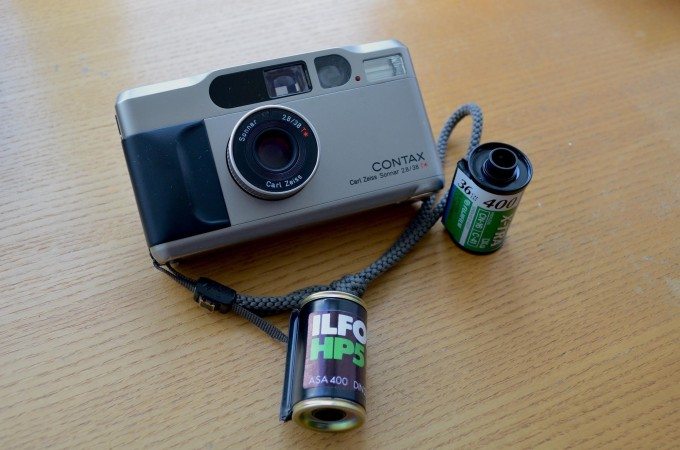All images and text in this story by Beat Belmont. Original concept by the Phoblographer.
I got into photography because of a camera. In late 2012, I saw a Yashica Electro 35 ME on a Swiss auction-website and just wanted it. I didn’t know much about cameras, photography or film. But I thought it could be interesting to go a different way than everybody around me who came back from vacations with a thousand jpegs, only to let them rot on a hard drive.
I got the camera, ran a few rolls through it, had fun and then GAS kicked in. I had just begun to earn some money from newspaper-internships during my journalism-studies. Over the next year I bought about ten different cameras. I didn’t need them, but I still used all of them. For me, that’s one of the amazing aspects of shooting film nowadays – you can pick up all sorts of interesting cameras for a fraction of their original price and they click away just like new ones.
No one needs fancy gear to capture good pictures, but I think everyone should try out various cameras. It’s just great fun and each one can teach you something new, especially manual ones like the Contax S2, which challenges me every time I take it for a walk.
One day, I stumbled over the Hasselblad XPAN and I instantly wanted one. Now this wasn’t an inexpensive camera but I found one with the 45mm and 90mm lenses for less than I ever saw again and I’m glad I took the bait.
The Hasselblad XPAN isn’t actually a Hasselblad. It was produced by Fuji from 1998 on and was sold in Japan as the Fujifilm TX-1. It’s a very modern, rangefinder-style camera that can shoot 35mm film in 65×24 format and the usual 35×24, but I hardly use the latter. This gem is all about the wide, panoramic format. I see the world differently through the XPAN’s viewfinder. I start looking for scenes in that broad format, not for something I can crop later.
“No one needs fancy gear to capture good pictures…”
It’s an easy and fun camera to use. I heard people calling it world’s most expensive point and shoot and that’s kind of true. A year ago, I moved from the countryside to Bern, Switzerland’s capitol. I used to do a lot of landscapes, after the move I started to do more street photography. In the street, I shoot the XPAN in AE and zone-focus.
On a normal day, I leave the house with one or two Olympus XAs. One for black and white, one for color film. They are small, quiet, don’t attract attention and the Zuiko lenses are very good. With the XA, I can go through the streets with open eyes and take it out quickly when something attracts my attention. I also use the Contax T2 which has a beautiful Zeiss lens, but the XAs are just more pocketable.
When I take out the Hasselblad, I really go hunting for scenes, be it in the streets, on the countryside or while travelling. Each time I look at the images, I tell myself to use it even more often. The negative size and the lenses offer medium-format quality, the pictures are sharp and that movie-like aspect ratio is just too intriguing.
I love my XPAN and I truly love photographing. I guess it helps me process life – just like writing. The difference is, that I don’t “construct” scenes when taking pictures – I only catch what’s already there. I understand my photography as a kind of visual diary that doesn’t focus on being an accurate mirror of reality but an ongoing documentary of moods, stories and feelings that I come across on my strolls through town.
I’m certain that film really shaped the way I do photography. I never wanted to shoot digital, I don’t even have a smartphone. When working for a local newspaper, I was handed a DSLR, which took perfectly fine images. Journalism is one of the fields that really took advantage of digital’s speed and simplicity – it changed the whole workflow and large parts of the business.
But for me, besides the love for gear, grain and small rangefinder-patches – the big thing I love most about film is how it slows everything down and gives me time to think. People might say, I could do the same with digital gear, but I couldn’t limit myself in the same way I do now.
Each shot costs money (the main reason why I resisted medium format until now) but what really matters is that there are only 24 or 36 shots on a roll. When you get it back from the lab (I shoot about one roll every 10 days) and you don’t like half of the results, you try harder and reflect longer next time. Is it worth the shot? Are the settings correct? What is interesting about the scene? Haven’t I taken this picture a dozen times before? You have to trust your and the camera’s capabilities instead of instantly checking the result on a screen.
The thought-process doesn’t start there. I get prints, go through them, hang them or show them to friends. The physical presence of the image lets you concentrate on it way better, than if it were just another browser-tab.
As far as post-processing goes, I try to avoid it. I don’t like pixel-peeping on computers, so when I scan negatives on a cheap Epson V330 flatbed-scanner for my tumblr, I usually just restore white balance and sharpness or straighten the horizon if necessary.
What I am interested in is to build a small darkroom and start developing and enlarging my black and white pictures at home. Now that I feel secure enough about my skills, this will be my next challenge. Maybe I can even sell some prints one day, but that would just be a cool additional benefit of the amazing art of doing film photography.


